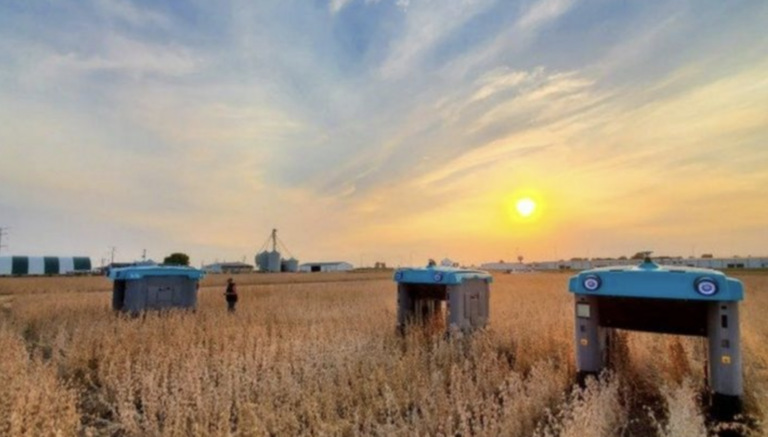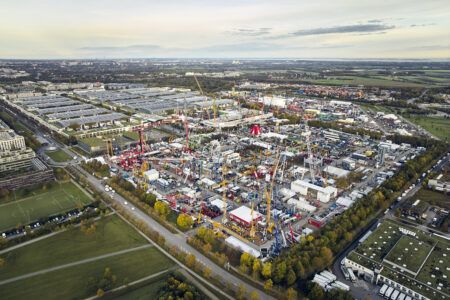The robots are here, and they’re taking over. Kind of. Robots in agriculture are rapidly gaining ground in the field to increase and improve production, while supplementing human labour.
From pruning vineyards to pest control and weed control practice, robots can also be an effective tool for reducing the environmental impact of the production cycle. Indeed, they can help meet objectives set by the European Commission, such as the 50% reduction of pesticides by 2030
Numerous examples have sprung forth in both Europe and the United States in the last couple of years, in particular the Solix Sprayer robot, the RoboVeg Robotti broccoli harvester and the Autonomous Weeder by Carbon Robots of Seattle.
“Agricultural robots have the potential to radically change agriculture and herald the transformation towards ecological but at the same time high-yield cultivation,” says Arend Koekkoek, CEO and founder of Pixelfarming Robotics.
According to the United Nations Food and Agriculture Organisation, farms will increasingly have to change and become smart, with a high technological content. In Italy too, universities and research centres are focusing on the creation of robots capable of effectively supplementing human work while ensuring conditions of maximum safety. The latter is a crucial factor for the spread of robotics in the agricultural sector.
Many experts are convinced that autonomous robots will be plowing fields, sowing seeds and harvesting crops in the future. But operating in harsh and dirty outdoor environments places special demands on the energy supply so that the battery-powered vehicles can also reliably perform their tasks.
“We are in our infancy, a real market demand has not yet arisen,” says explais Alessio Bolognesi, digital technology expert with FederUnacoma, organiser of EIMA. “We are seeing many projects for small and large robots springing up in our country too. And there is a lot of curiosity on the part of farmers. The hurdle we have to overcome is that of the safety of the machine when it interacts with man.”
VARTA estimates that the global market for agricultural robotics will grow to around 24 billion US dollars by 2023. Demand for high-performance energy solutions for automated vehicles and robotic systems will be correspondingly high. According to VARTA, lithium-ion batteries for agricultural robotics applications offer several advantages over lead-acid solutions. The Application-Specific Batteries (ASB) Easy Block and Easy Blade developed by VARTA are lithium-ion packs for use in small and medium-sized vehicles. The batteries are modular and expandable and fit perfectly with wireless chargers to offer an automated and robust energy system for all kind of agricultural applications.





